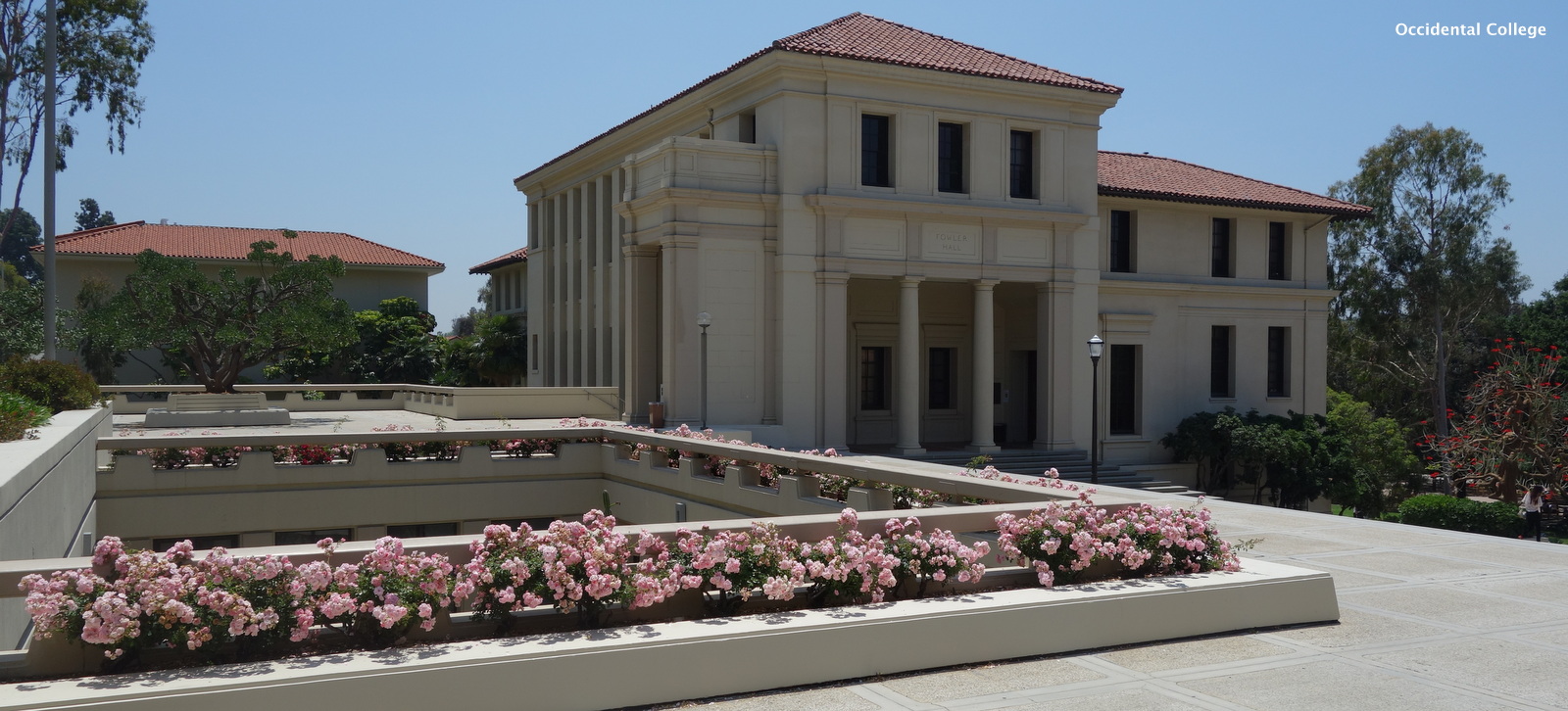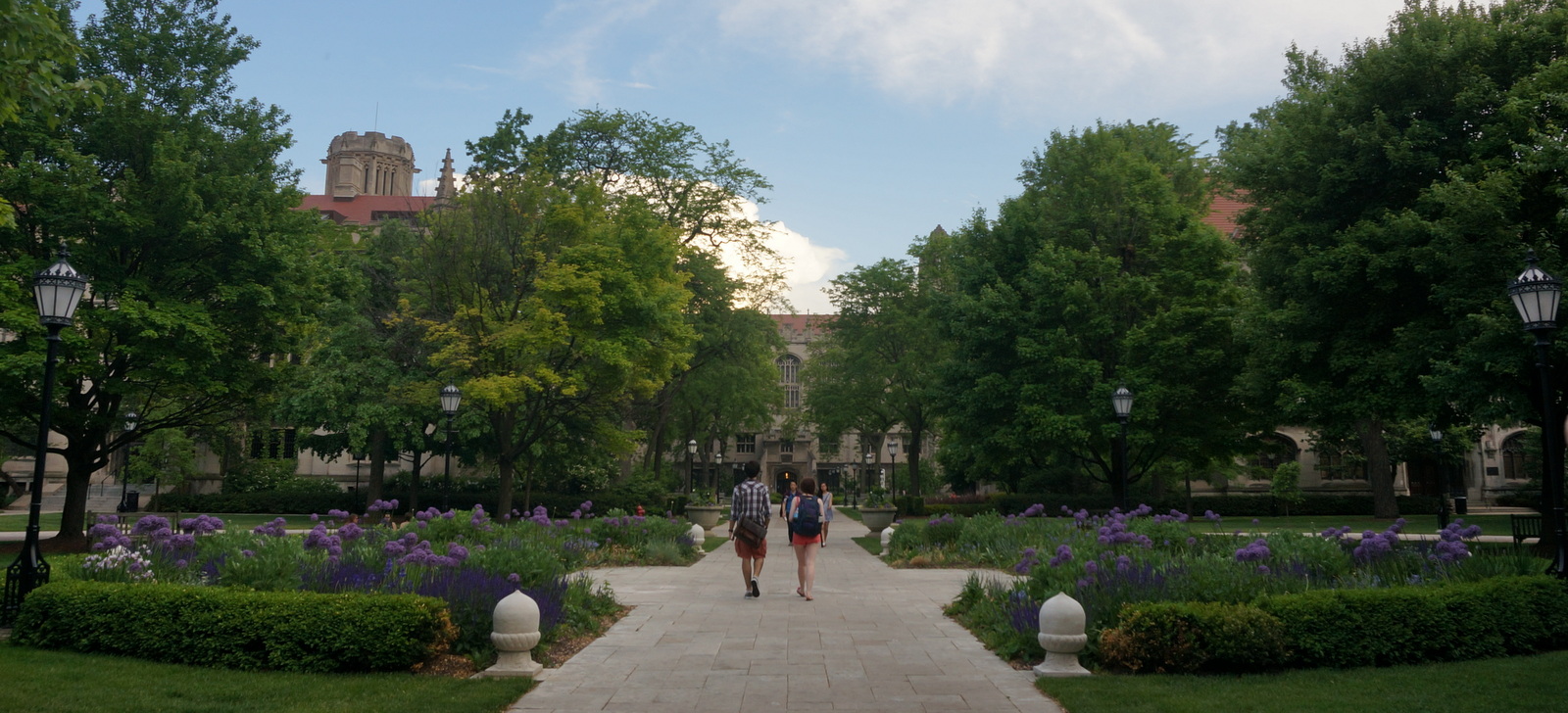WaMo’s New Ranking – “Bang for the Buck”
On Thursday, August 22, the Guardian published a story covering Barack Obama’s challenge to the US Higher Education system. Highlighting rising costs and increasing debt – surrounded by the omnipresent question “Is it worth it?” – Obama proposed a new methodology for making an official college ranking, a methodology that placed a premium on getting value for the money.
Washington Monthly responded just four days later, releasing their new “Best Bang for the Buck” ranking. As a fan of rankings in general – especially diverse rankings – I was a big fan, and excited to see Amherst and CUNY Queens College paired together atop the list. However, scanning to the comments under the ranking revealed the not surprising swarm of critics, pointing out all the reasons why this was a misleading, ineffective, inaccurate, or even worthless ranking. *
One particular critique was interesting to me – the author posited the possibility for some theoretical beef that the creators have with Ivy League schools. After all, what ranking doesn’t include the Ivy League? (The horror.)
In defense of the ranking, membership in a particular sports conference has nothing to do with it. The reason the Ivy League schools and other schools that are commonly considered “elite” (including my own alma maters, Northwestern and UChicago), is that they failed to meet the baseline requirement for inclusion. That requirement is for at least twenty percent of enrolled students to receive a Pell Grant, a form of financial aid reserved for low-income students. I applaud the Washington Monthly for this; it’s a sharp statement to wealthy private institutions – if you want to be included in our ranking, you’d better actively recruit more low-income applicants. If all such colleges and universities did this, I’m confident in saying the US would be a better place.
But my purpose here is actually to attempt to meet the needs of this ranking’s critics. Alongside the exclusion of schools with fewer than twenty percent of incoming students receiving Pell Grants, critics cited the lack of emphasis on the “Bang” of the education, which appears to be limited to graduation rate and loan default rate (see the methodological description here).
Challenge accepted! I created my own “Bang for the Buck” ranking. For my ranking, the “Bang” is a combination of selectivity (SAT 75%) and success after college (Payscale’s Median Salary Rank, a Wall Street Journal Feeder School rank, a Fulbright rank, and a PhD origins rank). The “Buck” pulls in the percentage of students on financial aid, the average net cost (tuition plus room and board minus average financial aid package – all state schools given in-state tuition), the percentage of Pell Grant recipients, and the average indebtedness at graduation.
To mimic Washington Monthly’s ranking, here are the top twenty schools limited to those institutions with at least twenty percent Pell Grant recipients.
1. Amherst College
2. Williams College
3. Grinnell College
4. University of California, Berkeley
5. Vassar College
6. University of California, San Diego
7. Occidental College
8. University of California, Davis
9. University of California, Los Angeles
10. Case Western Reserve University
11. Gustavus Adolphus College
12. Lawrence University
13. Illinois Institute of Technology
14. Barnard College
15. University of Illinois, Urbana-Champaign
16. Howard University
17. Knox College
18. Smith College
19. University of California, Santa Barbara
20. Hendrix College
But now let’s say that that twenty percent line is rather arbitrary** and select another arbitrary cutoff, fifteen percent. Here is the new top twenty:
1. Harvard University
2. Amherst College
3. Williams College
4. Grinnell College
5. University of California, Berkeley
6. Vassar College
7. Massachusetts Institute of Technology
8. Macalester College
9. Wellesley College
10. University of California, San Diego
11. Stanford University
12. Brown University
13. Rice University
14. Cornell University
15. Wesleyan University
16. Occidental College
17. Pomona College
18. University of California, Davis
19. Rensselaer Polytechnic Institute
20. University of California, Los Angeles
If you drop away all requirements, the subsequent changes are the additions of Princeton (#8), Swarthmore (#9), Yale (#10), Caltech (#16) and Duke (#17). Ten percent seems to be a magic number of sorts in this category; only three schools in my entire database had less than ten percent. Caltech, Washington University in St. Louis, and Lafayette, I don’t mean to call you out, but step up your low-income student recruiting!
Obviously, there are large disparities between this ranking and the Washington Monthly’s version. Admittedly, the Washington Monthly’s version includes more schools. I’ve compiled data on only around 400, while their data stretches to 1572 institutions, and the schools I’m missing are in many cases exactly those that Washington Monthly seeks to highlight. But this doesn’t mean my ranking is weak. It – like that of Washington Monthly – is selective. And mine emphasizes the “Bang.” I’ve steadily added institutions to my database based on their inclusion in rankings related to educational success, for example the Fulbright, WSJ Feeder School, PhD production, and PayScale rankings above. The schools that aren’t in my database don’t reach the top 200 in any of those rankings.
* These critiques speak to the problem in rankings. The problem isn’t the ranking, which is simply a particular selection of quantitative data pulled together and organized, but with people. The only reason that rankings become a problem is that people have a tendency to give inappropriate (and irrational, I must say) authority to such ordered lists. Let it go. It’s subjective – all rankings are.
** The twenty percent line essentially is an arbitrary selection, which does just barely cut off many of the most “famous” schools. It is, however, notable that that twenty percent mark was almost exactly the midway point of the four-hundred-some schools in my database. With that in mind, if I were making a ranking and wanted to make a cutoff point, the twenty percent line seems logical.
Note: The cover picture for this article is the view from the famous hillside seats at Cal, the best “Bang for the Buck” in college football viewing.








